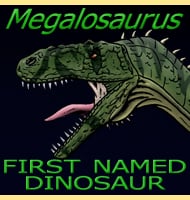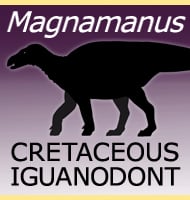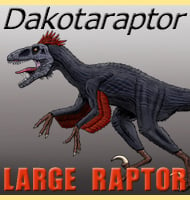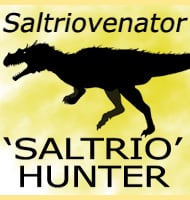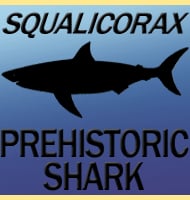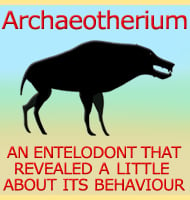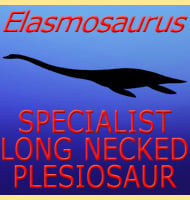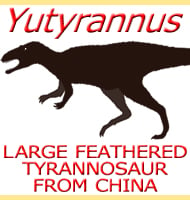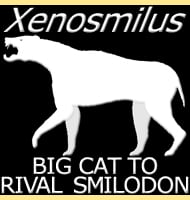In Depth
Although Acherontisuchus was named upon the basis of four specimens, there is the possibility that these remains may be all from the same individual. Acherontisuchus were dyrosaurid crocodiles that inhabited the rivers and water systems of Colombia. Acherontisuchus grew quite a bit bigger than other dyrosaurid crocodiles, and although long-snouted, also differed by having a snout that was proportionately shorter than relatives like Dyrosaurus. Attachments for fairly strong back and leg muscles suggest that Acherontisuchus would have also been quite capable at roaming about on land.
Further Reading
- A new longirostrine dyrosaurid (Crocodylomorpha, Mesoeucrocodylia) from the Paleocene of north-eastern Colombia: biogeographic and behavioural implications for new-world dyrosauridae - Alexander K. Hastings, Jonathan Bloch & Carlos A. Jaramillo - 2011.

